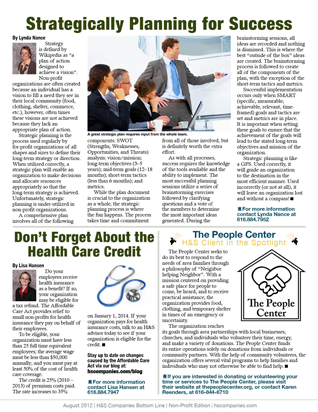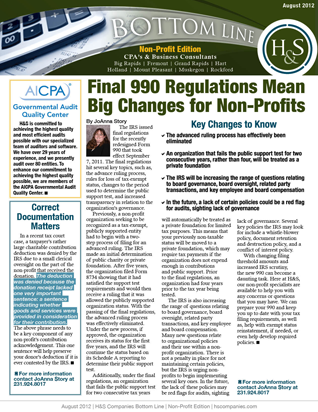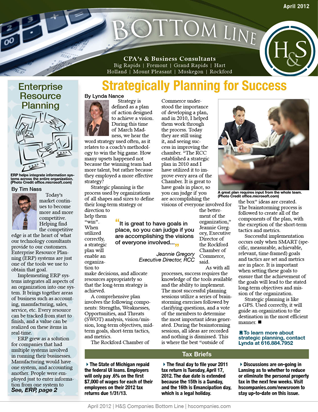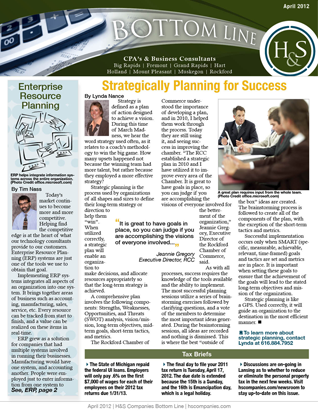
A great plan requires input from the whole team. (Photo Credit: office.microsoft.com)
Strategy is defined as a plan of action designed to achieve a vision. Strategic planning is the process used by organizations of all shapes and sizes to define their long-term strategy or direction to help them “win”. When utilized correctly, a strategic plan will enable an organization to make decisions, and allocate resources appropriately so that the long-term strategy is achieved.
A comprehensive plan involves the following components: Strengths, Weaknesses, Opportunities, and Threats (SWOT) analysis, vision/mission, long-term objectives, mid-term goals, short-term tactics, and metrics.
As with all processes, success requires the knowledge of the tools available and the ability to implement. The most successful planning sessions utilize a series of brainstorming exercises followed by clarifying questions, and a vote of the members to determine the most important ideas generated. During the brainstorming sessions, all ideas are recorded and nothing is dismissed. This is where the best “outside of the box” ideas are created. The brainstorming process is followed to create all of the components of the plan, with the exception of the short-term tactics and metrics.
Successful implementation occurs only when SMART (specific, measurable, achievable, relevant, time-framed) goals and tactics are set and metrics are in place. It is important when setting these goals to ensure that the achievement of the goals will lead to the stated long-term objectives and mission of the organization.
Strategic planning is like a GPS. Used correctly, it will guide an organization to the destination in the most efficient manner.
Want to learn more about strategically planning for your success? Contact Lynda Nance, Business Development Strategist.

616.884.7952
lyndan@hscompanies.com

 In This Edition:
In This Edition:

 Lynda Nance
Lynda Nance



